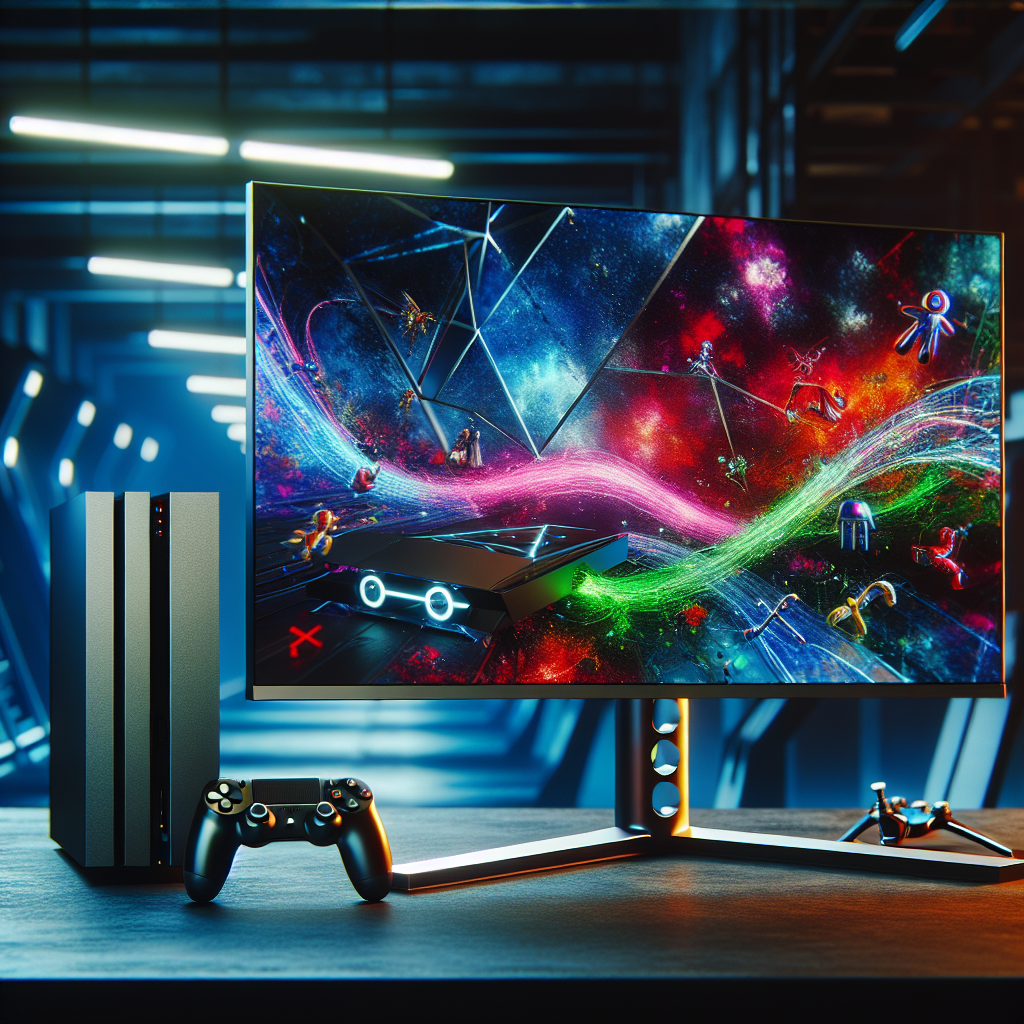In today\’s gaming landscape, OLED monitors have garnered significant attention and curiosity. Known for their exceptional image quality, deep blacks, and vibrant colors, these monitors seem to be a perfect match for gaming. However, the question remains: Are OLED monitors compatible with gaming consoles? This article delves into the technicalities, advantages, and potential challenges of using OLED monitors for gaming consoles, ensuring you make an informed decision.
Below is a summary table highlighting the key attributes of OLED monitors:
| Attribute | Description |
|---|---|
| Image Quality | Superior with deep blacks and vibrant colors |
| Response Time | Extremely low, ideal for fast-paced gaming |
| Compatibility | Generally compatible with major gaming consoles |
| Burn-in Risk | Possible with static images over time |
| Price | Generally higher compared to LCDs |
1. Understanding OLED Technology
OLED, or Organic Light-Emitting Diode, represents a leap forward in display technology compared to traditional LCDs. Each pixel in an OLED display emits its own light, allowing for incredible contrast ratios and true black levels that are unparalleled by traditional displays.
Moreover, OLED monitors offer faster response times and a broader color range, making them highly desirable for gamers. However, to understand their compatibility with gaming consoles, we need to explore various facets including resolution, refresh rates, and connectivity.
2. Resolution and Refresh Rates
Most modern gaming consoles, such as the PlayStation 5 and Xbox Series X, support 4K resolution at 60 Hz or even 120 Hz. Fortunately, many OLED monitors also support these resolutions and refresh rates, making them suitable for console gaming. It is crucial, however, to verify the specific capabilities of the OLED monitor to ensure it can handle the demands of modern gaming.
3. Connectivity Options
Gaming consoles typically connect to monitors via HDMI. Modern OLED monitors come equipped with HDMI 2.0 or HDMI 2.1 ports, the latter being essential for 4K gaming at 120 Hz. Ensure that the OLED monitor has compatible HDMI ports to achieve optimal performance.
4. Benefits of OLED Monitors for Gaming Consoles
4.1 Image Quality
The superior image quality of OLED monitors is one of their standout features. With individual pixel illumination, gamers experience deeper blacks, brighter whites, and more vivid colors. This immersive experience can significantly enhance the gaming experience, making every detail pop on screen.
4.2 Faster Response Times
OLED monitors typically offer faster response times compared to LCDs, which is crucial for gaming. Low response times reduce motion blur and ghosting, resulting in a smoother and more accurate display of fast-moving game scenes.
4.3 Wide Viewing Angles
Another advantage of OLED technology is its wide viewing angles. Whether you are directly in front of the screen or viewing from an angle, the image quality remains consistent, offering a flexible gaming setup.
5. Challenges and Considerations
5.1 Burn-in Risk
One of the primary concerns with OLED monitors is the risk of burn-in. Burn-in occurs when static images are displayed for long periods, potentially causing permanent damage. While many modern OLEDs come with features to mitigate this risk, gamers should remain cautious, particularly with heads-up displays (HUDs) in games that remain static.
5.2 Price Tag
OLED monitors tend to be more expensive than their LCD counterparts. While the image quality justifies the cost for many, it is an important consideration for budget-conscious gamers.
5.3 Availability of Features
Not all OLED monitors come equipped with gaming-specific features such as variable refresh rates (VRR) and gaming modes, which can enhance the gaming experience. It\’s advisable to check if these features are present before making a purchase.
6. Optimizing OLED Monitors for Gaming Consoles
To get the best performance from your OLED monitor when connected to a gaming console, consider the following tips:
- Enable Game Mode: Many OLED monitors have a game mode that reduces input lag and optimizes the display settings for gaming.
- Use HDMI 2.1 Cables: Ensure you are using high-quality HDMI 2.1 cables to support higher resolutions and refresh rates.
- Avoid Static Images: Reduce the risk of burn-in by avoiding static images. Use screen savers and vary your gaming content.
- Calibrate Your Monitor: Proper calibration can enhance color accuracy and overall image quality. Utilize built-in calibration tools or professional calibration services.
Conclusion
OLED monitors offer numerous advantages for gaming with consoles, including superior image quality, low response times, and wide viewing angles. While there are challenges such as the risk of burn-in and higher prices, the benefits often outweigh these drawbacks for serious gamers. By following best practices and considering the specific features of your OLED monitor, you can achieve an enriched and immersive gaming experience.

